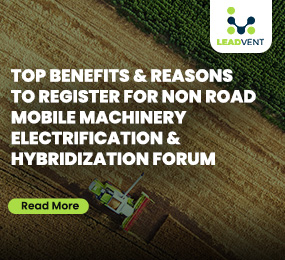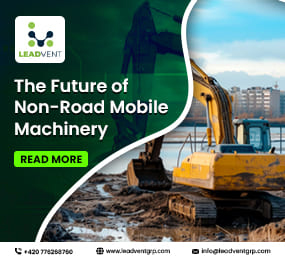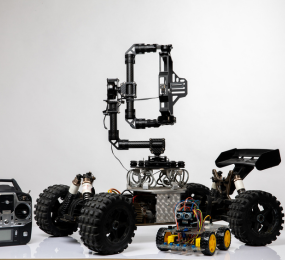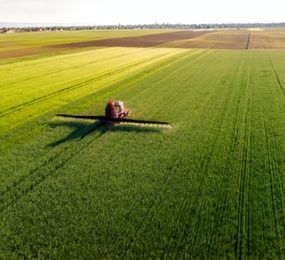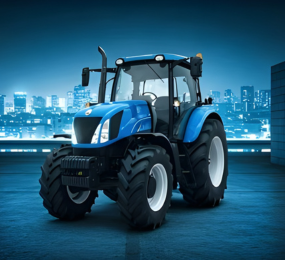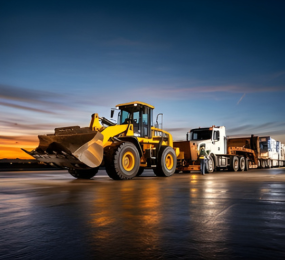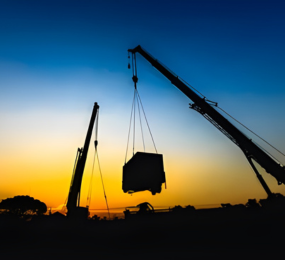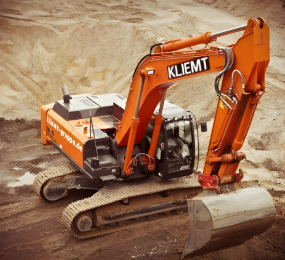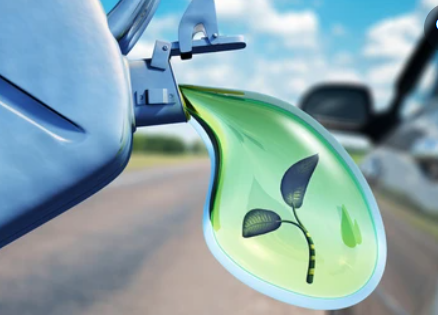Clearing the Air: Electrification and Decarbonization of Non-Road Mobile Machinery
When we talk about carbon emissions and sustainability, it’s easy to focus on electric cars and solar power. But there’s another sector, less visible yet deeply impactful, that’s now stepping into the spotlight non-road mobile machinery (NRMM).
These are the machines powering construction sites, mining operations, ports, and farms. Bulldozers, excavators, forklifts, and harvesters all vital to economic progress, yet traditionally run on diesel engines that emit significant levels of carbon dioxide, nitrogen oxides, and particulate matter. As cities tighten emissions regulations and industries face mounting climate pressure, electrifying this sector is no longer optional it’s essential.
Why NRMM Is the Next Frontier for Emissions Reduction
Unlike passenger vehicles, NRMM operates in environments close to workers and residents urban centers, neighborhoods, and public works. This makes the environmental and health impact even more direct. The European Environment Agency has flagged NRMM as a significant source of air pollution, sometimes exceeding the output of on-road transport in specific zones.
Electrifying these machines not only reduces greenhouse gases but also drastically cuts local pollutants and noise levels. It’s a shift that brings cleaner air, quieter streets, and healthier job sites.
The Technology Is Catching Up
Until recently, the biggest barrier to electrifying heavy machinery was battery capacity. But with advancements in lithium-ion technology and power management systems, we’re seeing viable electric alternatives for a wide range of equipment.
Manufacturers are responding. From compact electric excavators to electric-powered wheel loaders and airport ground support vehicles, the market is growing. These machines offer zero tailpipe emissions, reduced maintenance costs, and quieter operation ideal for night-time urban work or noise-sensitive areas like hospitals and schools.
Infrastructure is catching up too. Fast-charging solutions, swappable battery packs, and hybrid systems for heavier-duty operations are becoming more available. Meanwhile, off-grid charging using solar or renewable-powered microgrids is helping address rural deployment challenges.
Policy, Investment, and Industry Action
Governments and city authorities are increasingly driving change with clean air zones, emissions regulations, and procurement requirements favoring electric machinery. At the same time, major construction and logistics firms are setting their own decarbonization goals, creating demand for cleaner solutions from their supply chains.
Financially, early investment is being encouraged through green subsidies, tax incentives, and ESG-driven capital flows. As pressure mounts to meet net-zero targets, stakeholders across the value chain equipment makers, fleet operators, city planners are beginning to collaborate on long-term electrification strategies.
Takeaway Point:
The electrification and decarbonization of non-road mobile machinery is more than a technological upgrade it’s a commitment to cleaner air, safer cities, and sustainable growth. As innovation meets policy and purpose, this overlooked sector is quietly becoming a powerful force in the global climate transition.
Learn more on our website: https://www.leadventgrp.com/event/2nd-annual-non-road-mobile-machinery-electrification-and-decarbonization-forum/register
For more information and group participation, contact us: [email protected]
Leadvent Group - Industry Leading Events for Business Leaders!
www.leadventgrp.com | [email protected]


